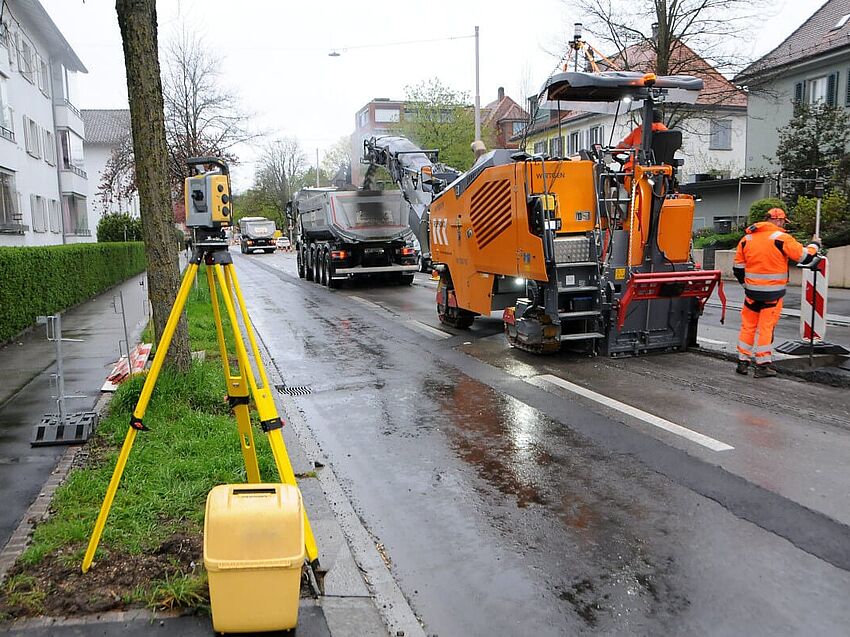As the architecture, engineering, and construction (AEC) industry is rapidly moving towards more collaborative and digitized ways of working, the supply chain has to become more integrated as opposed to fragmented. A common data environment (CDE) solves the issues of collecting, managing, and sharing all relevant information in a project, but classic CDE platforms do not make best use of the information contained in the building model delivered by different authoring tools. To solve this, ALLPLAN Bimplus goes beyond CDE functionality putting the federated model in the center of collaboration. Therefore, with Bimplus additional construction information is coordinated and shared effectively and – embedded in the standard workflows – the tracking and managing of issues is also improved. This approach is the key to making construction planning and implementation more efficient. In other words: Bimplus simply enables data to be managed for better construction.
Open Information Management
The usage of open standards within a Building Information Modeling (BIM) framework is the base for smooth data exchange between, for example, architectural and engineering programs – this principle is also known as OPEN BIM. However, Bimplus is more than just BIM management. Instead Bimplus provides system integration and communication through managed processes. The federated approach of Bimplus – where individual sub-models from any source can be combined into one federated model – provides one data set with all relevant information. This model can be enriched and linked with additional information, controlled by role-based access rights for editing or even viewing, improving data security and integrity. With this approach, information from different authoring tools and other specific programs is neutralized and democratized, irrespective of the data’s source. The validated data and information can be consumed by different programs and used for next steps in the process workflow – such as manufacturing precast concrete.
BIM for Construction
In BIM processes, 3D modeling and a data management platform have obvious proven benefits for the design process. However, Bimplus also provides advantages for the construction phase. Even before construction begins, contractors can be invited to the project and assist with design optioneering and planning thanks to the visualization and information management that Bimplus enables. With easy access to the model and any information required, feasibility and buildability checks can be carried out before materials or components are ordered and manufactured, saving time and money.
During the build, the progress can be tracked, and issues can be managed effectively with Bimplus’ Issue Manager. Tasks and issues can be assigned to the relevant team members and given a deadline, then visualized, tracked, and approved all from within Bimplus. This helps to improve communication between parties and reduce waiting times for responses from designers or other specialists. As the model can be accessed from a range of devices using Bimplus, it is easy to quickly check building elements in 3D on the job site to ensure they are installed correctly. Even snagging can be carried out using the federated model and Issue Manager in Bimplus.
Leveraging Data for Constructors
Reliable data management is the key for construction planning and implementation being as efficient and effective as possible by reducing delays, improving communication, and assisting understanding. With the enhanced collaboration, visualization, and data management that Bimplus offers compared to standard CDE platforms, the construction phase can benefit more from BIM workflows than ever.




